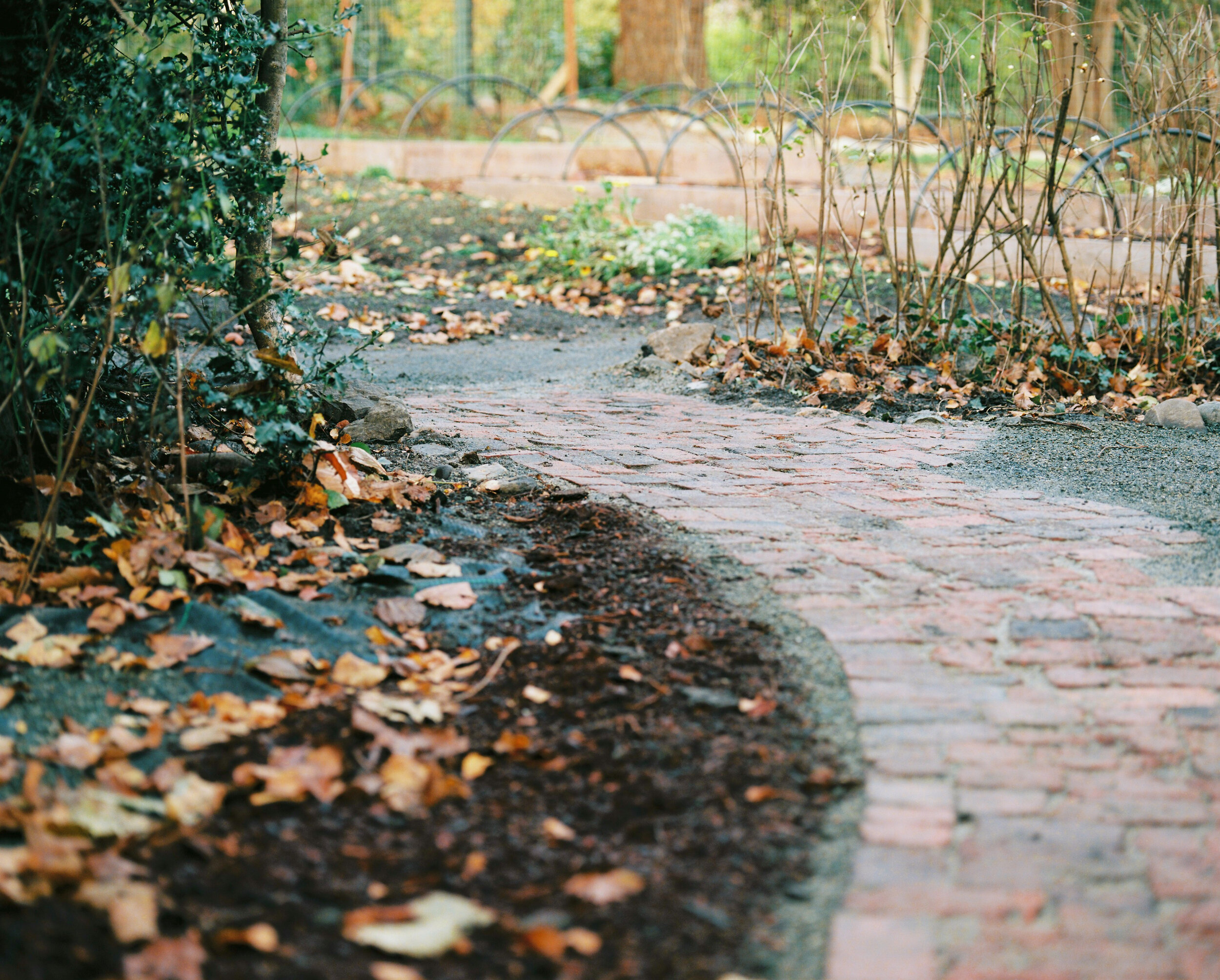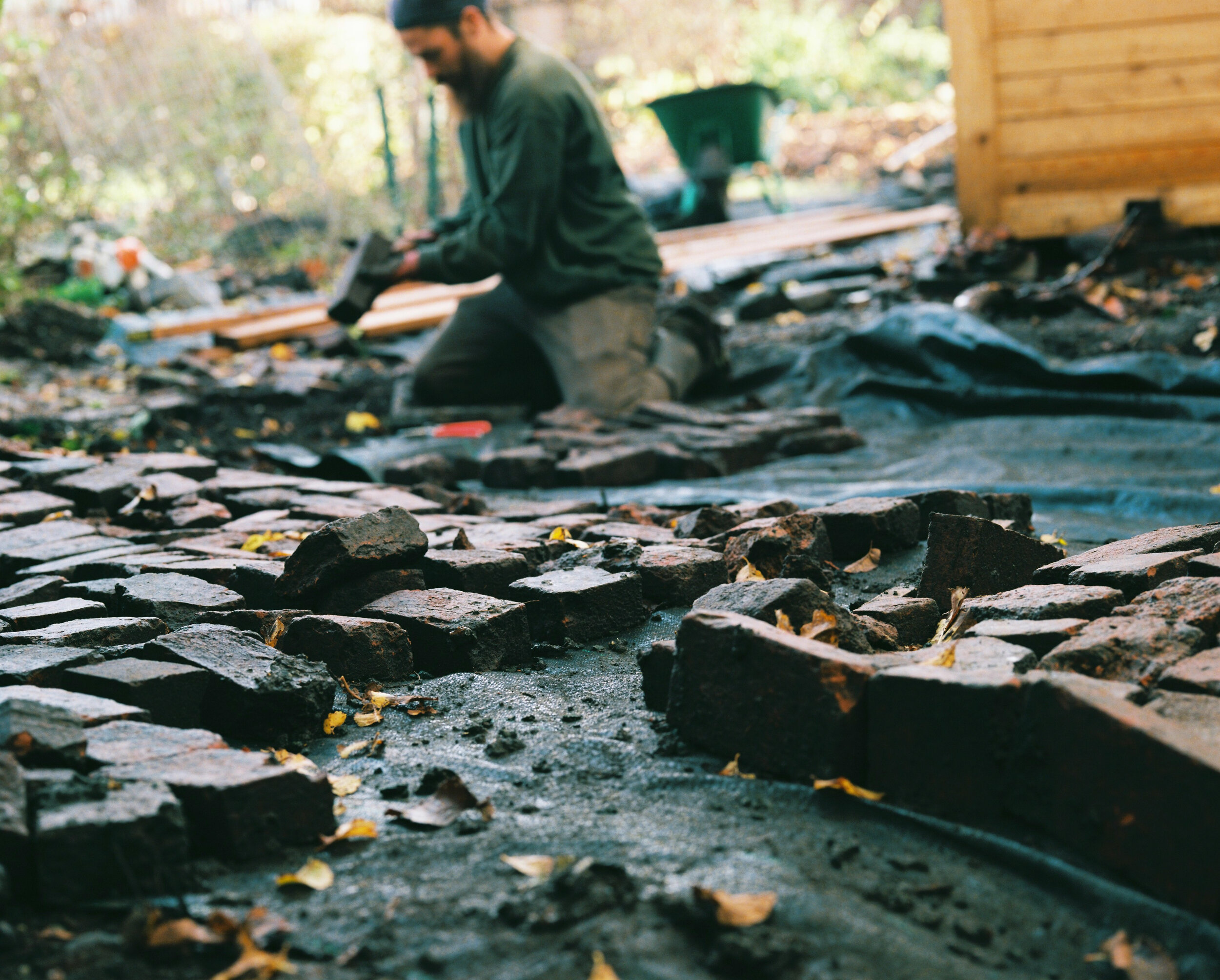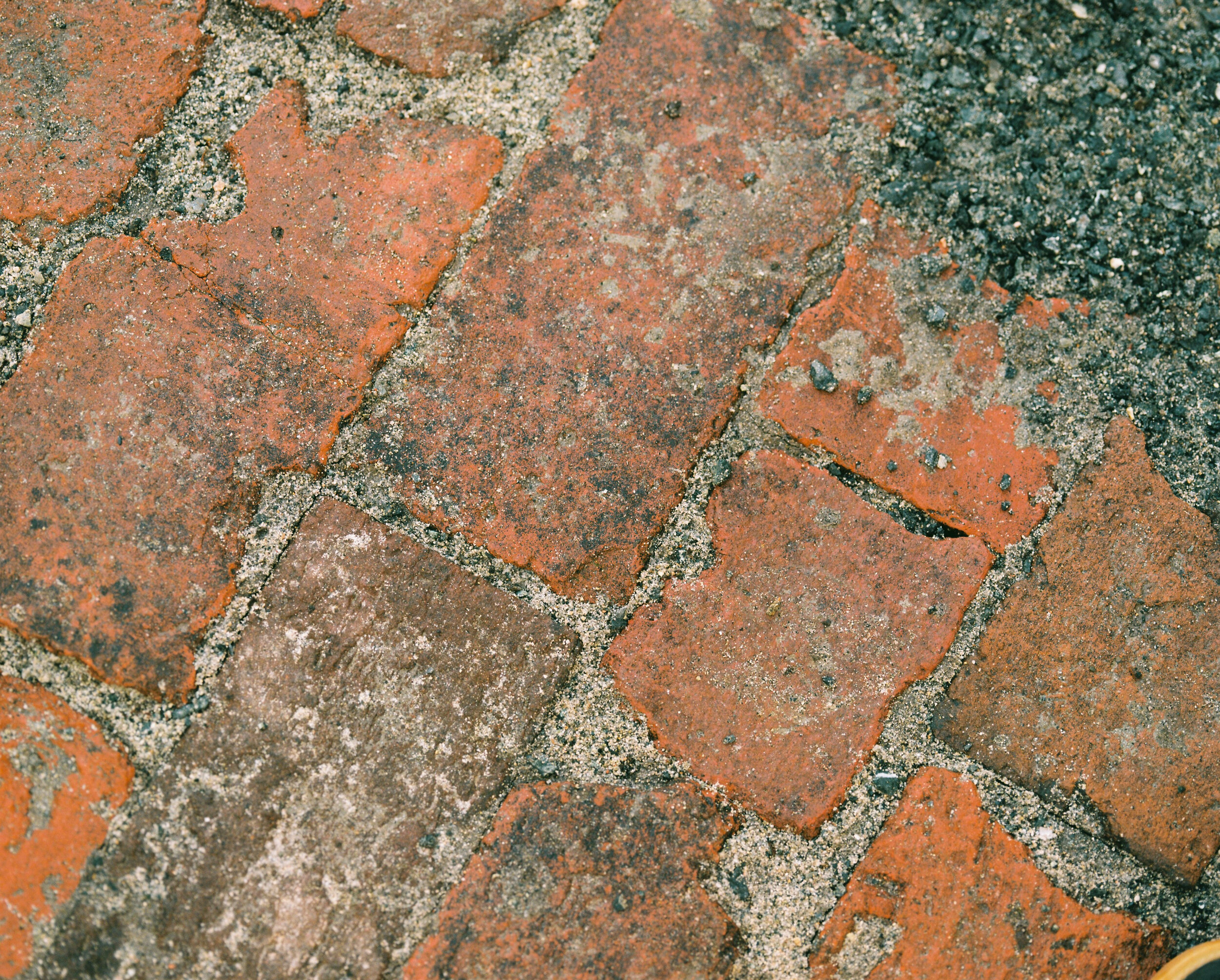Find of the 21st Century at Point Ellice House
To be able to restore something that is part of history is real ‘feel good’ work.
Built in the early 1860s, Point Ellice House is one of Victoria's oldest homes and is both a national and provincial historic site. Fallingwater had worked on the heritage property several times as part of the ongoing rehabilitation of the South Garden, and was just about to start a new project when they uncovered a long winding brick pathway buried about 20 centimeters below the soil.
“It’s hard to pinpoint the exact age of the path as bricks were commonly reused on site, taken from an old well to build a new chimney for example, so the bricks we found can be older than the actual path,” explains Dr. Kelly Black, Executive Director at Point Ellice House. “However, we can confidently say the pathway is likely over 100 years old. There are bricks lodged in the trunks of large elm trees near the pathway. Given these trees are over 80 years old and they grew up when the path was still there, the path has to be older than that.”
The restoration of this significant but forgotten feature required great care, thoughtful planning and a meticulous attention to detail.
To protect the site’s heritage value, it was imperative that all work done to reveal and restore the pathway follow the Standards and Guidelines for the Conservation of Historic Places in Canada. And that’s exactly what happened. Point Ellice House and Fallingwater worked together to develop a plan that was approved by the Heritage Branch of the Province of BC.
Fallingwater’s first step was to slowly and carefully remove the topsoil, exposing what was left of the ancient brick path. Then they cleared the surrounding area so that each section could be taken out, brick by brick, and placed on a tarp exactly as it was found.
The next step was to raise the pathway to grade level. A membrane was placed underneath to stop weeds from coming through, followed by a compacted road base layer, then a sand bed to cushion the age-old bricks. The bricks were then re-laid in the exact pattern as they were originally.
“Salvaging the brick was an intricate process; we were like archeologists. Great care was taken not to damage anything and preserve as much as possible,” says Dave Johnson, Fallingwater’s Construction Enhancements Manager.
In addition to the various shapes and types of brick found – including one from Victoria’s Baker Brick company and another that traced back to Scotland and likely came over as weight in the ballast of a ship – the Fallingwater team uncovered pieces of pottery, ceramics, bones and metal, all of which have been saved, catalogued and are now part of the Point Ellice House collection.
Restored pathway historically correct and usable.
“We needed to account for bricks that had crumbled away after being buried for so long. Areas that were missing brick were filled with screenings; small crushed stone that we carefully compacted by hand,” explains Dave, adding that gravel was used to link some sections of the path and a new shed that had unknowingly been built over the pathway had to be moved.
It took Fallingwater about five weeks of hands-on work to complete the restoration of the pathway and Point Ellice House is pleased with the results.
“We had complete confidence in Fallingwater,” says Kelly. “They had done other projects for us in the past and completely understood that everything they found in the ground, from plant material to rocks, was of historical significance.”
As expected, Fallingwater respected the importance of the heritage site and gave the path restoration project the careful attention it required.
“I’m amazed to have found what we found, and loved being a part of it. To be able to restore something that is part of history is real ‘feel good’ work and we hope to do more of it,” says Dave.






